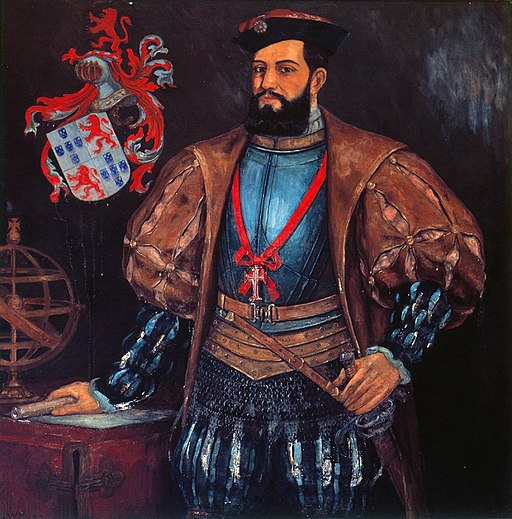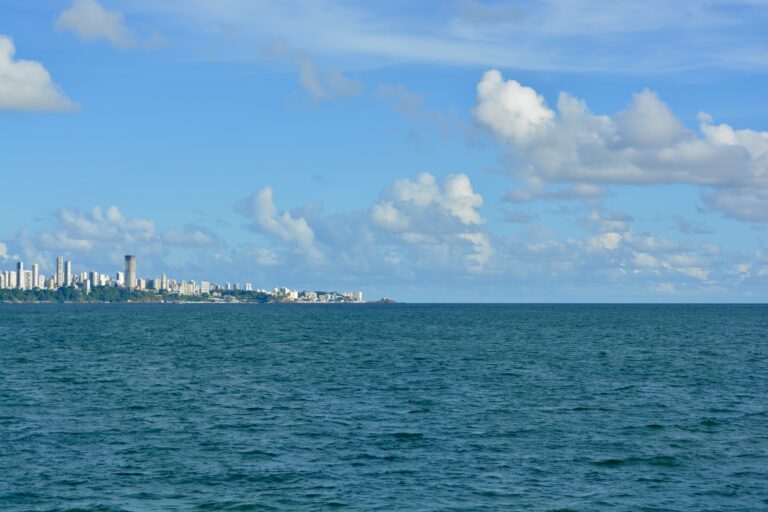Martin Afonso de Souza was a Portuguese explorer and colonial administrator. He is most notable for his role in the exploration and early colonization of Brazil, which was initiated by the Portuguese Crown.
In 1530, King João III of Portugal sent Souza on an expedition to the newly discovered land of Brazil. This expedition is particularly significant for a couple of reasons. Firstly, it marked the beginning of Portugal’s effective colonization of Brazil, which had been discovered by Pedro Álvares Cabral in 1500 but remained largely unexplored for the subsequent three decades.
Secondly, Souza’s expedition established the first colonial settlements in Brazil. The most significant of these was São Vicente, in the present-day state of São Paulo, which was founded in 1532 and is considered the first permanent Portuguese settlement in the Americas.
It was also during this expedition that the system of hereditary captaincies was instituted in Brazil. This system divided the territory into strips, each of which was granted to a hereditary captain, who was given broad powers to develop and administer his territory as he saw fit. This was the Portuguese Crown’s attempt to expedite the colonization process, although the system had mixed results and was eventually supplied by a more centralized system of governance.
Martin Afonso de Souza was, therefore, a pivotal figure in the early history of Brazil. His expedition in 1530 and the subsequent establishment of colonial settlements marked a new phase in the Portuguese exploration of the New World.
Pau-Brasil, also known as Brazilwood, is a type of tree native to the Atlantic Forest in Brazil. Its Portuguese name, Pau-Brasil, is derived from ‘brasa’ meaning ’ember’, referring to the tree’s red-colored heartwood. The tree’s dense, hard wood was highly valued for producing a red dye and making high-quality wood products such as musical instruments.
When Martin Afonso de Souza arrived in Brazil in 1530, one of his primary missions was to enforce Portugal’s claim on the land and its resources, including the valuable Pau-Brasil. The Portuguese Crown was interested in exploiting the lucrative dye-wood trade, which had previously been threatened by French and other European interlopers who were smuggling the wood out of Brazil.
The expedition led by de Souza led to the formal establishment of Portuguese settlements, including São Vicente in 1532, and marked the beginning of the Portuguese Crown’s more organized efforts to exploit Brazil’s resources, which included the extraction of Pau-Brasil.
It’s also worth noting that the name of the country, Brazil, is believed to have been derived from this tree due to its economic significance in the early period of Portuguese exploration and colonization.
However, the extraction of Pau-Brasil was a damaging process for the local environment and the species itself. By the end of the 19th century, Brazilwood was almost extinct due to overexploitation. Today, it is a protected species in Brazil.











